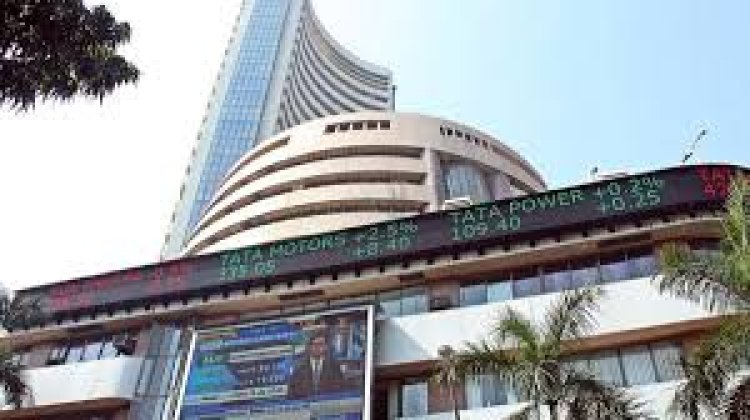Sensex Explained: What Every Investor Should Know
Sensex Explained: What Every Investor Should Know
Share this Post to earn Money ( Upto ₹100 per 1000 Views )

Stock markets are lively places where seasoned as well as new investors flock together to find opportunities for the growth of their portfolios. Some important indicators reflecting market performance with Sensex being most sought after in India. The other important parameter from the viewpoint of investors, assessing market volatility, is the India VIX. Acquiring knowledge of these indicators bears significance for making an informed decision.
What is Sensex?
Sensex is officially known as S&P BSE Sensex as an index for stock markets of the Bombay Stock Exchange (BSE) stock exchange. Sensex is a collection of the top 30 most actively traded and economically important stocks listed in BSE. The selection is made from diverse sectors that give an extensive representation of the complete market performance.
How Is Sensex Calculated?
Sensex is based on free float market capitalization. This methodology takes into account the total market value of the 30 constituent companies, but their shares not allowed for trading are excluded. This procedure would therefore result in an index representing real-time market conditions based on the fluctuation of stock prices and free trading shares.
Why Is Sensex Important to Investors?
Market Performance Indicator: Sensex gives an idea about stock market trends and serves as a reference point for a portfolio's evaluation.
Economic Barometer: A rising Sensex generally indicates growth in the economy, while a declining trend may indicate a slowdown.
Support for Investment Decisions: Investors use Sensex movements as a basis for making buy or sell decisions.
Foreign Investment Sentiment: Foreign investors track Sensex movements to ascertain the stability and viability of Indian markets.
Understanding India VIX and Its Role
India VIX, an important measure in determining expected market volatility, represents a contrasting indicator to Sensex, which analyzes market movement trends for the benefit of active traders. India VIX was introduced in 2008 by the National Stock Exchange and derives its value from the Nifty Options order book. It, therefore, measures the market participants' expectations of volatility over the next 30 days.
Higher India VIX: Represents higher levels of market uncertainty and probable fluctuation.
Lower India VIX: Denotes stable conditions with lesser expected fluctuations.
How is India VIX Calculated?
India VIX is calculated using the Black-Scholes Model from the following inputs:
Bid and ask prices of Nifty Options
Time to expiry
Risk-free interest rate
Market expectations of volatility
The assumption is that although calculation-wise India VIX is complex, in essence, it describes the expected movement of the market.
Why Investors Watch India VIX?
Risk Assessment: When VIX begins to go well above the baseline, it becomes a signal of increasing risk. Thus, investors prepare for any possible erratic movement in the market.
Strategy: Traders may use strategies such as hedging during high VIX periods.
Market Sentiment Indicator: A low VIX is associated with a bullish market; a high VIX indicates uncertainty.
Key Learnings for Investors:
Monitor Both Indicators: The tracking of both Sensex and India VIX aids in wise investment decision-making.
Diversification Strategy: High VIX basically says that one needs to diversify into the defensive sectors.
Hedging Strategy: Investors can make use of options and futures to hedge against the market volatility.
Long-Horizon Perspective: A long-term investor should mainly concentrate on growth, set against the current market fluctuations.
Conclusion
Understanding how Sensex and India VIX work allows investors to better spot off-market events. Whereas Sensex reflects the overall performance of the market, the India VIX shows how the market is expected to behave over time. By analyzing visitation relative to the two indicators, investors can add value to their strategy and actions by aligning them with their financial goals.
















